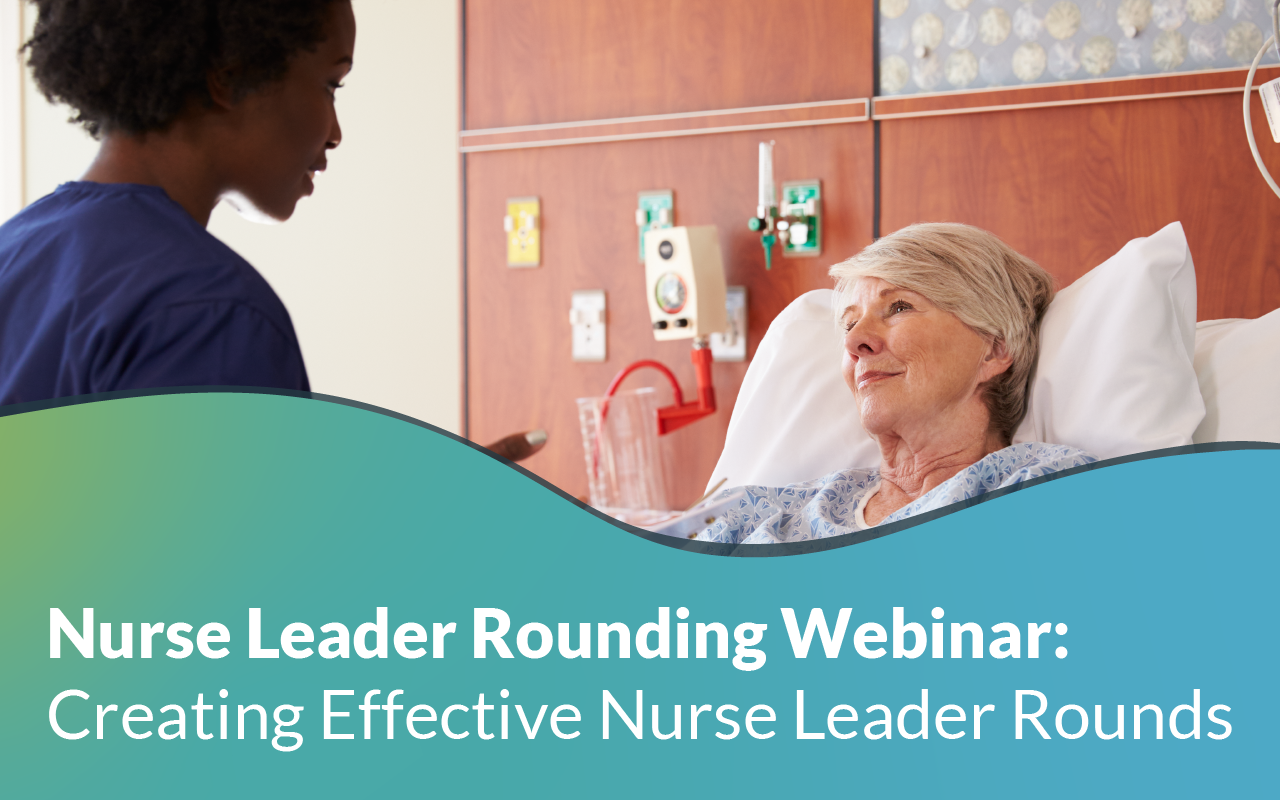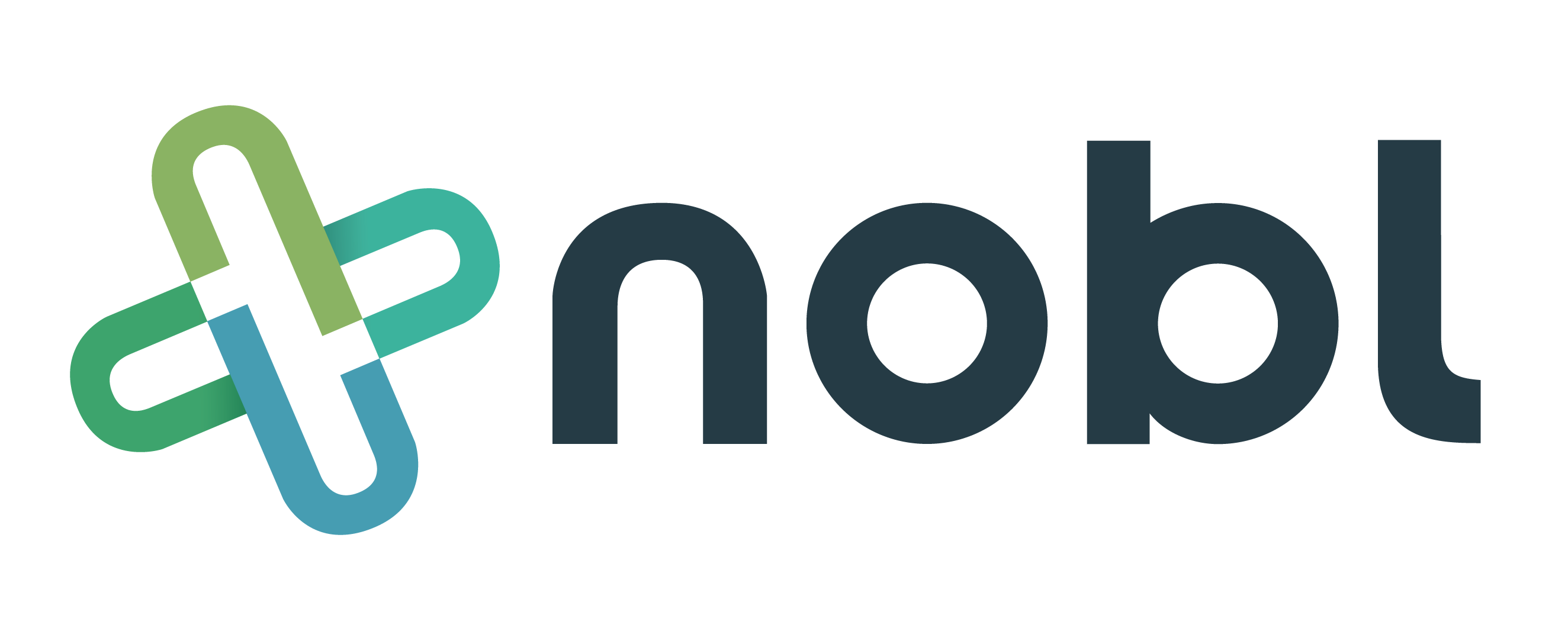
4 min read
Considerations for Behavioral Health Nurse Leader Rounding
Nobl Health Sep 2, 2020 3:46:00 AM
The need for efficient and accessible mental health services has never been higher. The isolation, fear, and economic impact of the COVID-19 pandemic has further exacerbated needs within an already overwhelmed and underfunded system. It is important that every facility be able to a) provide safe and efficient mental health care to promote the well-being of each patient, and b) to maximize their capacity to provide care to more individuals. The impact of hourly or purposeful rounds on inpatient behavioral health (BH) services is just beginning to be appreciated. Nurse leader rounds in behavioral health are also important but can be limited by accessibility to patients who participate in group therapies or other activities outside their rooms. Until recently, the effective and efficient use of a digital platform to track both leader rounds on patients and hourly patient rounds in BH has been limited by available technology. But appropriate pre-planning can create rounding processes and question sets that can contribute to safety and patient experience outcomes. The Nobl Leader Rounding platform can be adapted for use with all levels of care (acute and subacute), all setting (ED, inpatient BH units, BH patients on medical or surgical units, or geriatric BH units); and all age groups (child/adolescent/adult/geriatric). HIPAA protected messages and configurable permissions protect the privacy and confidentiality of patients while providing pertinent patient information to all appropriate members of the interprofessional care team. Using the following questions, the Nobl team initiates dialogue with nursing BH leaders to build systems that work for them.
Why are you rounding?

Nurse leader rounds that follow a single, rigid, standardized question set across all specialty areas can leave BH leaders frustrated or even actively disengaged. Busy leaders need to see the direct benefits to staff, patients, and families resulting from time spent in rounding activities. If BH units are meeting or exceeding identified outcome measures for safety, employee engagement, and/or patient and family satisfaction, the first question should always be “Do we need to fix something that is not broken?” Regulatory requirements for suicide and self-harm prevention rounds every fifteen minutes already consume a lot of staff time and additional intrusions on patients in acute crisis can escalate the situation. The idea of another staff member seeking patient time can seem preposterous. A better approach is to identify one key metric or goal at a time and to create brief, concise rounding question sets or audits that all levels of the staff can implement during the course of their typical tasks.
Occasionally, BH leaders also implement rounding on mental health patients who are not admitted to a behavioral unit. Visiting patients (or their families) with medical or surgical needs that require acute or intensive care, can contribute to more effective and efficient care for those patients. Leaders are also a knowledgeable resource for staff on these units. Failure to provide prompt access to mental health services is one of the greatest failings of our national health system. Creative leader rounding processes (and question sets) can make all leader rounds more effective in addressing “missed care” for all BH patients.
What time is appropriate to round on each unit?

There is no optimal time to round on patients who are encouraged to be outside their rooms or interacting with others in group sessions. Leaders need to monitor unit processes and workflow to create a schedule for rounding that can be changed daily dictated by the current patient needs and census. Huddles or consultation with charge nurses or coordinators prior to the start of each shift can help to identify the “golden moments” to find patients available and receptive. Leader rounds that are geared around the patient’s plan of care, success with goals, or feelings of being valued can have a strong positive impact on patient healing, while also contributing to unit goal achievement. Some leaders find it helpful to round at certain “length of stay intervals” that align with diagnoses care pathways. For example, rounds on a patient dealing with acute substance abuse might be initiated only after the patient has recovered to a point where these conversations are helpful and therapeutic.
How should you set realistic rounding goals in BH?

This is an area where daily round compliance goals might not be realistic. Basing weekly and/or monthly goals on predictive statistics for each individual unit can be helpful. If an acute detoxification unit has 90% of their admissions presenting in crisis, the average time for stable patients to be able to participate in leader rounds can define the frequency of rounds. Leaders on these units can also choose to conduct environmental safety rounds every day, in every room, linking compliance goals to those rounds as their primary responsibilities. In this model, the additional 1:1 rounds between leaders and patients will provide “value-added” data. Especially when personal preferences, comments, concerns and staff praises or coaching needs are collected in those intermittent connections.
Is it safe for nurse leaders to round in a BH area?

A primary concern in all BH settings is the presence of contraband brought in by patients and visitors or equipment and supplies in the patient care area that could be used to injure someone. Creating a safe environment for all BH patients requires nurse leaders who round to be aware of what they might be bringing in with them. Even an ink pen can become a weapon in some situations. These precautions also extend to the use of portable electronics and smart devices. Even if the patient is not in acute crisis, the presence of a person of authority taking notes about a conversation can be a trigger for some patients. Always respect patient rights, explain what you are doing, and ask for their permission to use a device to record your conversation. In this situation, two advantages of Nobl Leader are the large selection buttons and the intuitive operation. These features make it possible to record minimal information on any smart device, including a phone, in the room, while maintaining the ability to easily enter additional notes or information after leaving the area.
Summary
Every unit in every facility is different. Every team has different strengths and different needs. Behavioral Health is no exception. At Nobl we understand that what seemed like an effective plan before go-live can become impractical or inefficient once a few rounds have been conducted. Our Client Services team works hard to edit question sets, goals, or reports quickly when changes are needed. Products used in a healthcare environment must work, safety of staff, patients, and visitors depend on it. We are committed to provide that level of service every time.
Written by Teresa L Anderson, EdD, MSN, NE-BC, Nobl Chief Nursing Officer
New Free eBook
Best Practices for Sharing and Reviewing Data from the Nobl Rounding Platform
Beryl Institute Case study
Improved First Impressions at Your Front Door - Patient Ambassador Rounders Enhance the Patient Experience of a Busy Emergency Department
Recent Posts

Five Key Factors to Consider in Pediatric Leadership Rounding



